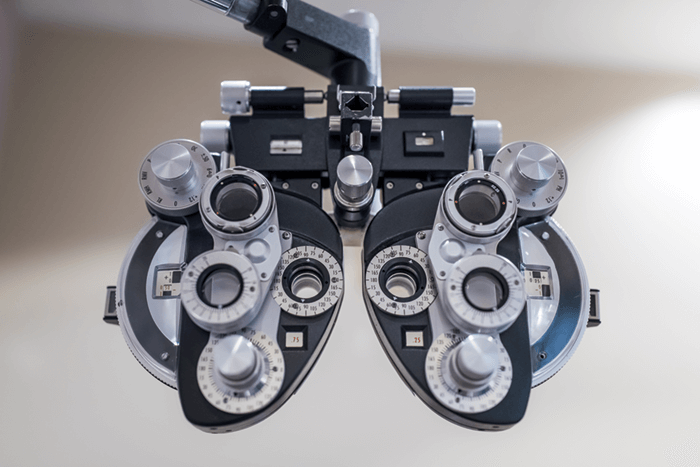
Glaucoma is a leading cause of irreversible blindness. It has no symptoms and causes no pain, but can lead to complete vision loss if left untreated. Visual field tests are the current standard of care for detecting glaucoma – but they may not be for much longer. According to a study by Columbia University’s Irving Medical Center, the test significantly underestimates the severity of the condition by failing to identify macular damage (1).
“When looking for signs of early glaucoma, clinicians tend to focus on loss of peripheral vision and seldom on the macula,” said Donald C. Hood, Professor of Ophthalmic Science at Columbia University, who co-authored the study. “Our work has shown that damage can and does occur in this area, and the most commonly used field test can fail to detect most of the damage.”
To find out just how much damage is missed, researchers examined 57 eyes from patients diagnosed with early-stage of glaucoma using two different visual field measures – the 24-2 and 10-2 tests. The results were significant. “We found that in using the 10-2 visual field over 75 percent of patients diagnosed with early glaucoma had central vision loss,” said Hood.
As a result, he recommends clinicians test all patients suspected to have glaucoma using the finer grid 10-2 test, supplemented by macular spectral-domain optical coherence tomography, within their first two visits. According to Hood, the alternative method comes at no extra cost and adds just 10 minutes to diagnosis time – yet significantly increases the accuracy of glaucoma diagnosis.
References
- C G De Moraes et al., “Association of macular visual field measurements with glaucoma staging systems”, JAMA Ophthalmol, ePub ahead of print (2018). Accessed November 14, 2018.
